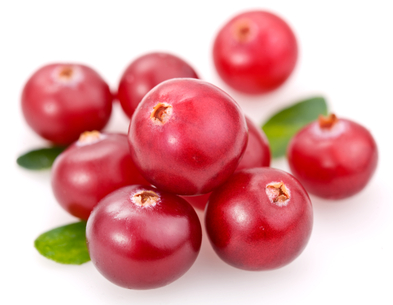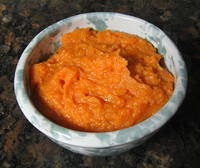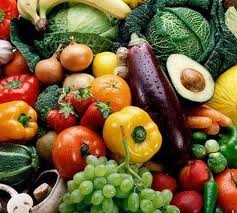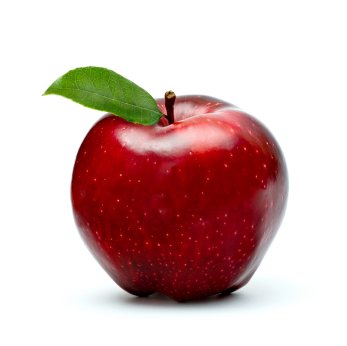Reduce Joint Discomfort Through Weight Loss
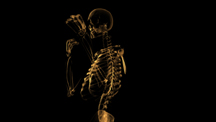 We want to share this great article with you! Every day our lives are influenced by the choices we make (or neglect to make) our attitudes and the care (or lack of) we choose to give ourselves. There is no such thing as a person who cannot change – there is only such thing as a person who refuses to change or to believe that they can change.
We want to share this great article with you! Every day our lives are influenced by the choices we make (or neglect to make) our attitudes and the care (or lack of) we choose to give ourselves. There is no such thing as a person who cannot change – there is only such thing as a person who refuses to change or to believe that they can change.
If you have joint and weight issues – there is help. Eating healthy is not the same as eating cardboard. Our diet counseling program can help you make the transition from junk food to food that nurtures your body and your health. An added bonus is that you will lose weight at the same time! Give us a call at 652-3553 if you have decided you are ready to improve your life and your health!
Enjoy!:
You may not realize it, but with every step you take throughout your life, the pressure on your joints will be made worse if you’re carrying extra body weight. To carry even a single pound of extra body weight places added physical stress through the joints in your feet, ankles, knees, hips, and spine. The pressure is made worse if you’re walking up or down steps – and much worse when running.
The pressure on upper joints is just as bad. The spine has to support much of the body’s weight. Compression of intervertebral discs ensues, as does increased stress to the facet joints and to the supporting tissues of the spine.
So often medical doctors will mention that a patient should lose weight, then write a prescription for an anti-inflammatory. They know that most people will struggle to shed their excess pounds, so it’s much easier to medicate the condition rather than try to convince the patient that a lifestyle change is needed.
Joint arthrosis, known to most as arthritis, is stressful enough without adding the stress of losing weight to the equation. However, it’s very important to find ways to shed the extra pounds, because with each minute you have that extra weight on you, increased joint compression is adding to your discomfort. Lose weight successfully, and you’ll overcome much of your physical load in the body’s joints. You’ll then be more open to dietary change and exercise, as the discomfort in exercise will be lessened with less body weight, and your openness to a healthier diet shall follow. By losing just a few pounds, your joints will have a greater chance of recovery. The joint arthrosis will progress considerably slower, your joints will receive a better nutrient supply through production of more synovial fluid, and the articular cartilage will last much longer.
Your joints have well-formed cartilage at youth, but through wear and tear, the articular cartilage is jeopardized. The result can be compared to metal rubbing against metal, while the grease needed to lubricate the moving apparatus is worn away. With added weight combined with reduced cartilage, the jarring effect – through the knees in particular – becomes continually worse. The articular cartilage diminishes, leading to increased inflammation and discomfort.
Arthritis doesn’t tend to resolve itself, and generally gets worse simply through increased wear and tear. Weight loss doesn’t occur without some lifestyle changes, but it’s something that certainly doesn’t require drugs. It’s one aspect of control you can exert over the crippling effects of joint arthrosis. Take control, take action, lose weight… and reduce your joint discomfort.
by Corey Mote, DC
________________________________________
(Dr. Corey Mote is a chiropractic physician, professional natural bodybuilder, exercise physiologist, columnist for various fitness magazines nationally and internationally, as well as a consultant for a United Kingdom-based vocational fitness program known as U-Phorm.)
